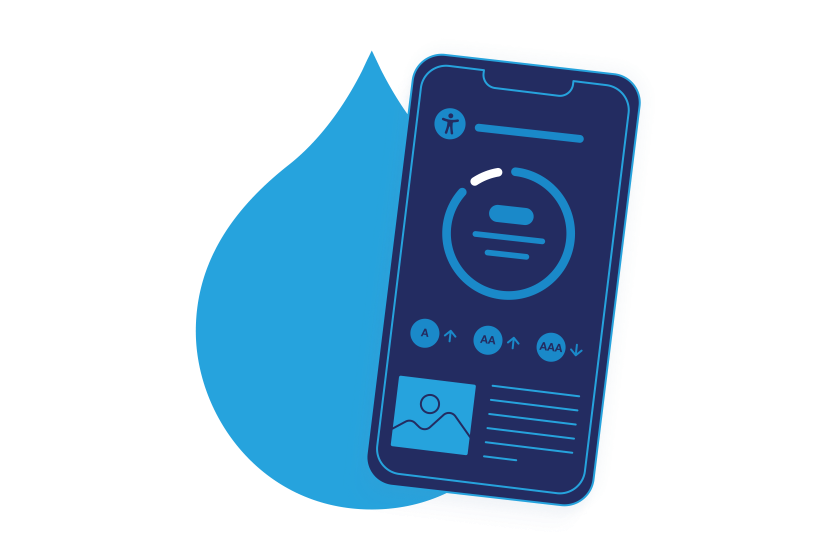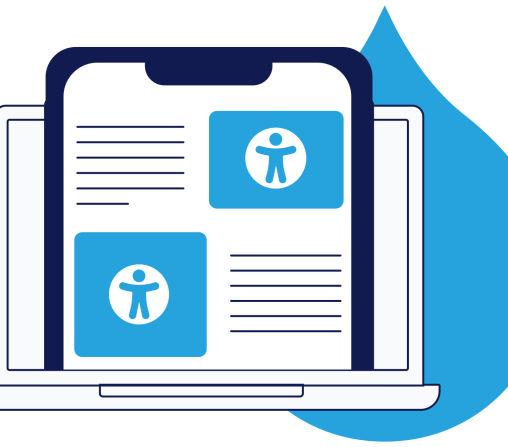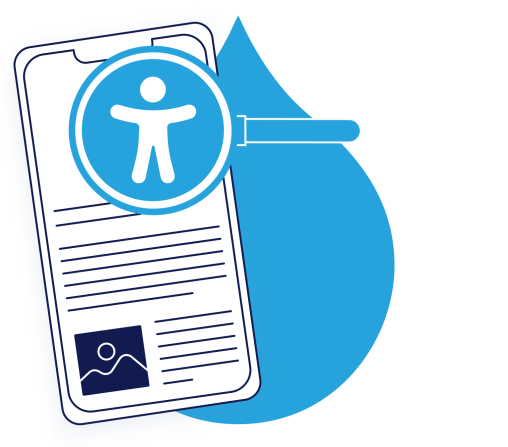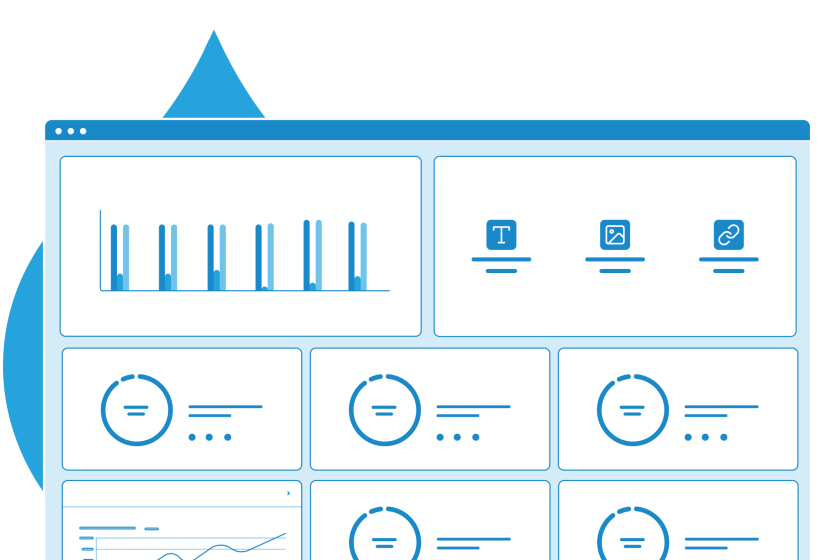Mobile Accessibility
Deliver an inclusive mobile experience, reach a broad audience, and ensure compliance with Web Content Accessibility Guidelines (WCAG) mobile checks.


Make Your Mobile Website Accessible
Acquia Optimize scans your website for the two mobile accessibility checks outlined in WCAG. These checks ensure that pinch-to-zoom has not been disabled on the website and that two-dimensional scrolling is not required for users to browse content.

Every Visitor Matters
Mobile website traffic is increasing and often represents the majority of website traffic. However, these mobile experiences are sometimes forgotten and left inaccessible to users who rely on assistive technology.

Live up to Google Page Experience
The Google search algorithm is always looking for new ways to quantify the page experience. Ensure your website lives up to mobile accessibility criteria.
What Our Customers Are Saying

"Powerful website analyzer for issues and compliance"
Working with the team at [Acquia] was an incredibly easy process! Everyone is responsive and helpful, no matter the time/day. Configuration took less work than I thought it would and the product delivers on its promise!

“Great product for assessing accessibility compliance”
Easy to set up and easy to understand dashboard. Super effective for identifying WCAG compliance issues.

“Easy to use”
Receiving a weekly report helps me get on top of any issues. I also like the holistic approach [Acquia Optimize] provides to our website that includes SEO and accessibility on top of quality assurance. The heatmap function will give us lots of insight into the customer’s journey on our pages. I also like the quick response to queries on the chat (shout out to Ozair and Claudio), Alan’s teachings, and his passion for accessibility.
Accessibility Legislation
Acquia Optimize helps you stay up-to-date with the latest accessibility requirements and standards. From ADA to WCAG, our platform makes accessibility compliance easier.
Global
WCAG
The Web Content Accessibility Guidelines (WCAG) is the international accessibility standard established by the World Wide Web Consortium (W3C)
United States
ADA
Under Title III of the Americans with Disabilities Act, all areas of public accommodation, including websites, must be accessible for all users.
United States
Section 508
Section 508 of the Rehabilitation Act of 1973 requires federal agencies in the United States to ensure that their electronic and information technology is accessible.
Canada
AODA
The Accessibility for Ontarians with Disabilities Act 2005 (AODA) is enforced in Ontario to identify, remove, and prevent barriers for people with disabilities and includes web accessibility.
Europe
EU Web Accessibility Directive
The EU published the EU Web Accessibility Directive to standardize and harmonize the framework around the web and mobile accessibility of public sector organizations.
Europe
EAA
The European Accessibility Act (EAA) is an EU directive that requires EU member states to legislate on accessibility both on and offline, providing a framework of common accessibility rules for the market.
Australia
Australian DDA
The Australian Disability Discrimination Act 1992 (DDA) protects people with disabilities against discrimination across different areas of public life, including the provision of information and online services through the web.
Europe
UK Public Bodies Accessibility Regulations
The UK Public Sector Bodies Accessibility Regulations from 2018 mandates the accessibility of websites and mobile applications.
Identify Your Website’s Biggest Issues
Find out if you're delivering the best possible web experience for your visitors.



